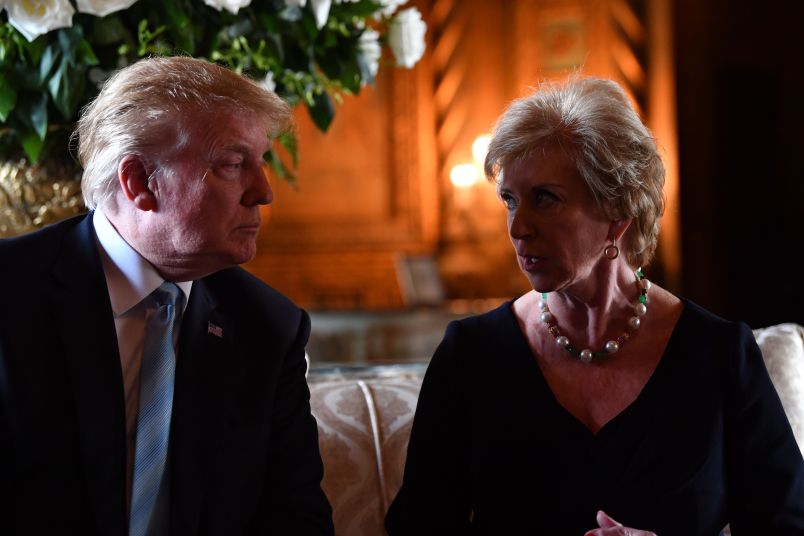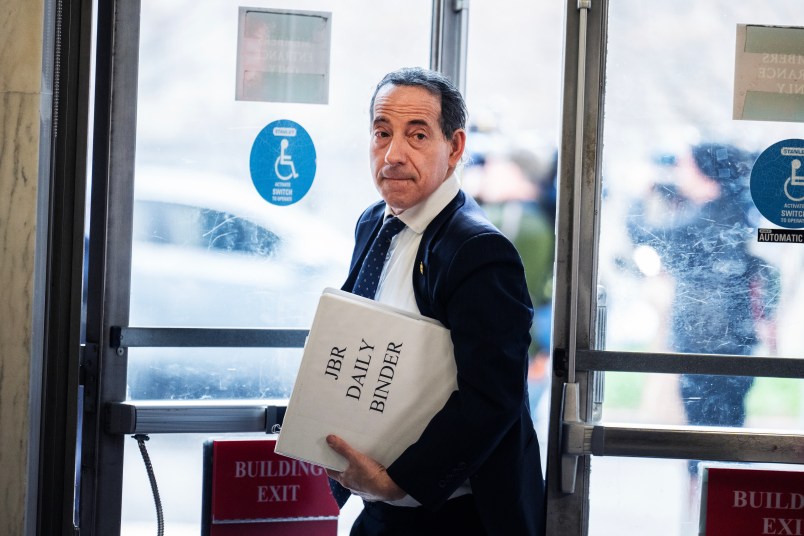TRUMP'S 25% TARIFFS
ON CANADA AND MEXICO
ARE NOT ABOUT
FENTANYL OR IMMIGRATION
THEY ARE ABOUT BREAKING
USMCA/NAFTA 2
BECAUSE CANADA AND MEXICO
ARE SOCIAL DEMOCRATIC GOVERNMENTS
Trump calls for China to execute drug dealers as he vows drastic steps against Mexico and Canada 'border invasion'
26 November 2024, 07:00

Donald Trump has called for China to execute its fentanyl producers as he also pledged to impose tariffs on Mexico and Canada to crack down on drugs and illegal immigration
The tariffs, if implemented, could dramatically raise prices on everything from gas to automobiles.
The US is the largest importer of goods in the world, with Mexico, China and Canada as its top three suppliers, according to the most recent Census data.
Mr Trump made the threats in a pair of posts on his Truth Social site Monday evening in which he railed against an influx of illegal migrants, even though southern border crossings have been hovering at a four-year low.
"On January 20th, as one of my many first Executive Orders, I will sign all necessary documents to charge Mexico and Canada a 25% Tariff on ALL products coming into the United States, and its ridiculous Open Borders," he wrote, complaining that "thousands of people are pouring through Mexico and Canada, bringing Crime and Drugs at levels never seen before," even though violent crime is down from pandemic highs.
He said the new tariffs would remain in place "until such time as Drugs, in particular, Fentanyl, and all Illegal Aliens stop this Invasion of our Country!"

Mr Trump also turned his ire to China, saying he has "had many talks with China about the massive amounts of drugs, in particular Fentanyl, being sent into the United States - But to no avail."
He added: "Representatives of China told me that they would institute their maximum penalty, that of death, for any drug dealers caught doing this but, unfortunately, they never followed through, and drugs are pouring into our Country, mostly through Mexico, at levels never seen before,' the incoming president complained.
"Until such time as they stop, we will be charging China an additional 10% Tariff, above any additional Tariffs, on all of their many products coming into the United States of America.
"Thank you for your attention to this matter."

The Chinese Embassy in Washington cautioned on Monday that there will be losers on all sides if there is a trade war.
"China-US economic and trade cooperation is mutually beneficial in nature," embassy spokesman Liu Pengyu posted on X.
"No one will win a trade war or a #tariff war."
He added that China had taken steps in the last year to help stem drug trafficking.
It is unclear whether Mr Trump will actually go through with the threats or if he is using them as a negotiating tactic before he takes office in the new year.
Arrests for illegally crossing the border from Mexico have been falling and remained around four-year lows in October, according to the most recent US numbers.
The Border Patrol made 56,530 arrests in October, less than one-third of the tally from last October.
Much of America's fentanyl is smuggled from Mexico.
Border seizures of the drug rose sharply under president Joe Biden, and US officials tallied about 12,247 kilograms of fentanyl seized in the 2024 government budget year, compared with 1,154 kilograms in 2019 when Mr Trump was president.
Mr Trump's nominee for treasury secretary, Scott Bessent, if confirmed, would be one of several officials responsible for imposing tariffs on other nations. He has on several occasions said tariffs are a means of negotiation with other countries.
He wrote in a Fox News op-ed last week, before his nomination, that tariffs are "a useful tool for achieving the president's foreign policy objectives. Whether it is getting allies to spend more on their own defence, opening foreign markets to US exports, securing cooperation on ending illegal immigration and interdicting fentanyl trafficking, or deterring military aggression, tariffs can play a central role."
If Mr Trump were to move forward with the threatened tariffs, the new taxes would pose an enormous challenge to the economies of Canada and Mexico, in particular.
They would also throw into doubt the reliability of the 2020 trade deal brokered in large part by Mr Trump, which is up for review in 2026.
Spokespeople for Canada's ambassador to Washington and its deputy prime minister, Chrystia Freeland, who chairs a special Cabinet committee on Canada-US relations to address concerns about another Mr Trump presidency, did not immediately provide comment.
Mr Trump's promise to launch a mass deportation effort is a top focus for the Cabinet committee, Freeland has said.
A senior Canadian official had said before Mr Trump's posts that Canadian officials are expecting Mr Trump to issue executive orders on trade and the border as soon as he assumes office.
The official was not authorised to speak publicly and spoke on condition of anonymity.
Mexico's Foreign Relations Department and Economy Department also had no immediate reaction to Mr Trump's statements.













